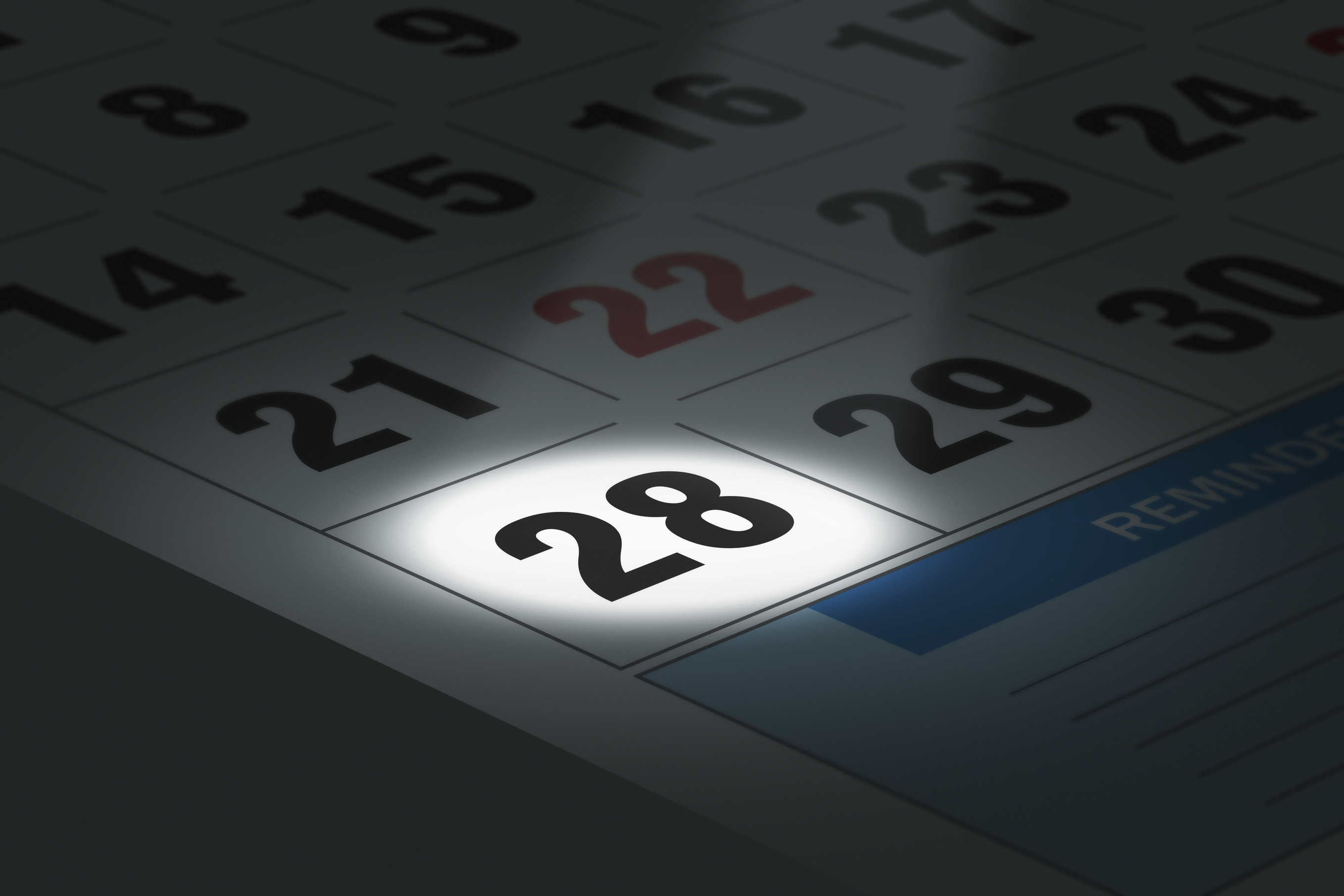Author: Justin Mckibben
First, I have to make it clear that any amount of treatment has the potential to make a difference. Every opportunity to take action in the right direction means something. So making the most out of our time is what is so crucial. Still, I want to look at why a month in rehab has become most insurers’ answer to the addiction issue.
Because different people progress through treatment at different paces there is no perfectly predetermined length of treatment. It isn’t a one-size-fits-all kind of thing. However, research shows that clearly good outcomes are contingent on adequate length of time in treatment. Arguably a treatment program of less than 90 days will show limited effectiveness in comparison to longer programs. Many recommend longer lasting treatment for maintaining positive outcomes. Yet, just around a month’s stay can be pretty typical among people who go to an inpatient facility.
So, who came up with the 28 days later standard of treatment? Why do most people only get this amount of time in treatment?
28 Days Later Routine
Kimberly Johnson is director of the Center for Substance Abuse Treatment at SAMHSA. This federal agency studies addiction treatment services. Johnson says,
“As far as I know, there’s nothing magical about 28 days,”
Anne Fletcher, author of the book Inside Rehab, agrees. Fletcher states,
“It certainly is not scientifically based. I live in Minnesota where the model was developed and a lot of treatment across the country really stemmed from that.”
According to Fletcher, the late Daniel Anderson was one of the primary architects of what has been called the “Minnesota model.” This methodology became the prevailing treatment protocol for addiction specialists a long time ago, but how?
The story starts in the 1950’s at a state hospital in Minnesota. Daniel Anderson attended to alcoholics living in locked wards, leaving only to be put to work on a farm. Anderson came up with the 28-day model to find a path for his patients to get sober and leave the hospital. Back then, it was innovative.
Marvin Ventrell, executive director of the National Association of Addiction Treatment Providers, has studied the model’s history. Ventrell says the month-long method comes from the belief that when-
“someone is suffering from addiction — and in the days that this began, we’re pretty much talking about alcoholism — it made sense to people that it took about four weeks to stabilize somebody.”
Ventrell went on to explain this is the norm because the insurance industry became willing to pay for a 28 day period of time. While many treatment providers believe we must adapt with the times, it would seem insurance companies aren’t so sure.
The Drawbacks
The early form of this 28 day model was designed for alcoholism. One big issue today is the model is used to treat opioid addiction. It is such a problem because recovering from addiction to powerful narcotic drugs just might be different than recovering from alcohol abuse. Therefore, it may require a different method. Yet, many still want to use the 28 day model as a cookie-cutter standard.
Now, to be fair Ventrell admits there isn’t enough research to prove the exact effective length for inpatient opioid addiction treatment. As we said, different individuals may have a different experience and require a different treatment plan. This is one reason why personalized recovery plans are so important.
Fletcher advocates it is incredibly important for treatment to move away from the default month-long model. 28 days is not going to work for everyone, and it would seem one of the biggest hurdles for those in the addiction treatment industry is convincing the insurance industry that the old “Minnesota model” isn’t always enough. 28 days may be enough for some people to make a beginning, but long-term recovery can be seriously influenced by more time learning about factors such as:
- Science of addiction
- Relapse prevention
- Effective coping skills
- Family dynamics
There are so many facets of recovery, it makes sense that the more time you have to learn them the more confident you can be in your ability to manage your recovery.
Make Time for Recovery
Besides the fact that giving people more time in a controlled environment can give them more time to focus on their recovery plan, there is also the element of dual diagnosis. While the 28 days model of treatment may have helped back in the 1950’s, we’ve learned a lot in the past 60+ years about addiction and other issues that co-exist.
Many people struggling with addiction are also having to battle with conditions pertaining to mental health disorders. Knowing what we know now, we see mental health disorders and addiction should be addressed simultaneously. If you ignore one, it can cause a relapse into the other later on. Various forms of mental illness can exist along with an addiction, including:
- Bipolar disorder
- Depression
- Anxiety disorders
- Eating disorders
So for some, establishing a full diagnosis and then effectively engaging in the recovery process can take more time.
